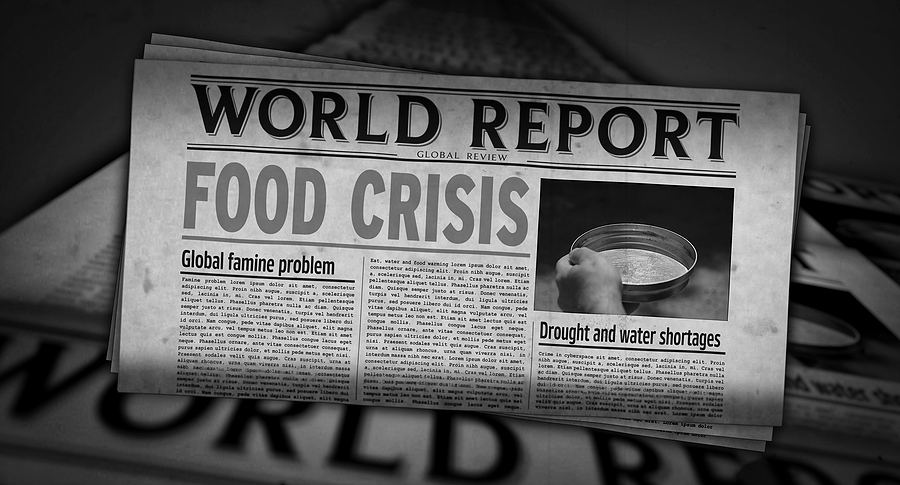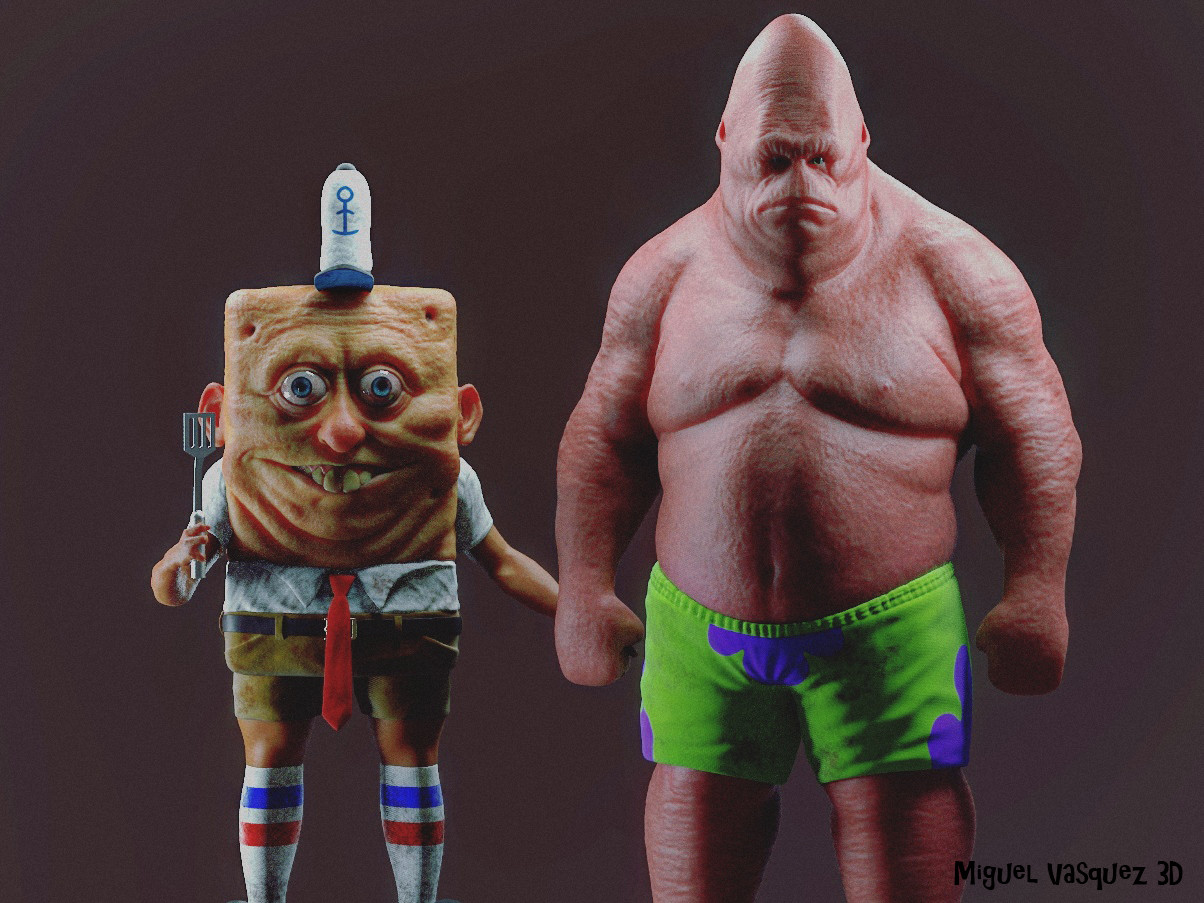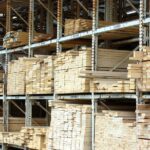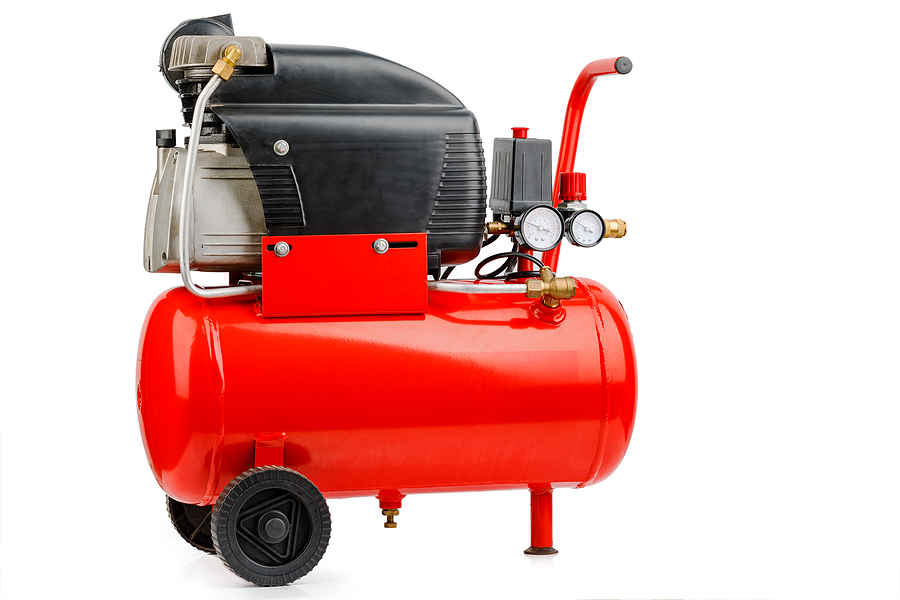You’ve probably watched a movie or cartoon where the character seems to press a button and food appears. It all seems like make-believe. And if you still think it is a fragment of an imaginative, creative mind somewhere, you’ll be amazed to learn 3D food printing.
How Does 3D Food Printing Work?
Food 3D printing differs from regular printing with engineering materials—metals or plastics—in several ways. Perhaps the most important is the technology used, such as selective sintering, selective hot air sintering and melting (SHASAM), liquid binding or binder jetting, and hot-melt extrusion.
With the most basic 3D printed parts, a digital file is sent to the machine. A computer-guided print head moves back and forth, depositing layer after layer of material until it forms your desired object. More advanced 3D printers use an extruder, similar to how a standard glue gun works.
So, How Will 3D Printing Help Solve Food Crisis?
3D printing will revolutionize food products by allowing users to customize according to their needs, thus saving resources. On the consumer side, customization of ingredients and nutrients will save money since it reduces food waste and allows them to purchase specific foods. For industries, 3D printing in food manufacturing saves time and provides greater flexibility during the food production process.
But can we rely on this technology on a much larger scale? Think famine, undernourishment and extreme weather events – This remains an ongoing debate
Malnutrition
3D printing can help those who suffer from malnutrition since it allows for customization that ensures adequate nutrient intake, depending on a person’s dietary requirements. This is crucial since most cases of malnutrition arise due to irregular meal times or lack of food. Undernourishment has been steadily increasing since the 90s, and statistics indicate that about 1 in every 6 Americans struggle to meet their nutritional needs.
3D-printed foods are more portable and offer on-demand nutrients when compared to conventional food production techniques. The ability to provide adequate nutrition is critical during times of crisis, when a region may be without access to transportation and food.

Cheaper Alternatives
3d printing’s potential to alleviate food shortages may be aided by its practicality and lower expenses in producing food. The technology might help solve an urgent global problem; even poor people in underdeveloped nations will access virtually inexpensive food.
Incorporating additive manufacturing into a national nutritional plan might be expensive. But the reduced disease, deaths, and strain on the healthcare systems of developing nations associated with addressing malnutrition this way offset the cost.
Even the poorest of nations may afford 3D printers, which are becoming cheaper by the day. A printer can cost as little as $2,000, while some companies already sell 3D food printers for about $1,200.
Take Away
3D printers or cnc machining parts may not produce a fully functional apple pie yet, but the technology is forecasted to revolutionize food manufacturing. Numerous industries have used 3D printed parts in their machinery for over two decades, but it is only recently considered in the food sector. We have to wait and see if 3D printing will advance sustainability in food.
Image Source: BigStockPhoto.com (Licensed)
Related Categories: Tools, Reviews, Tech








